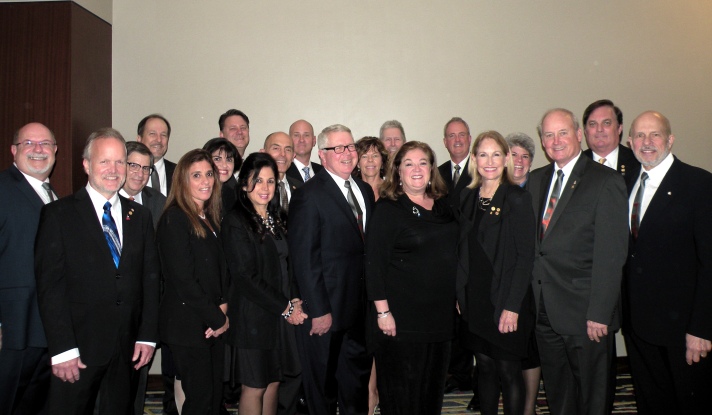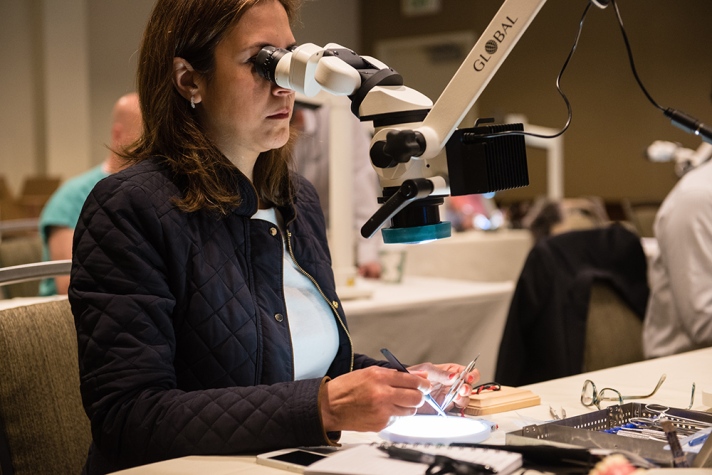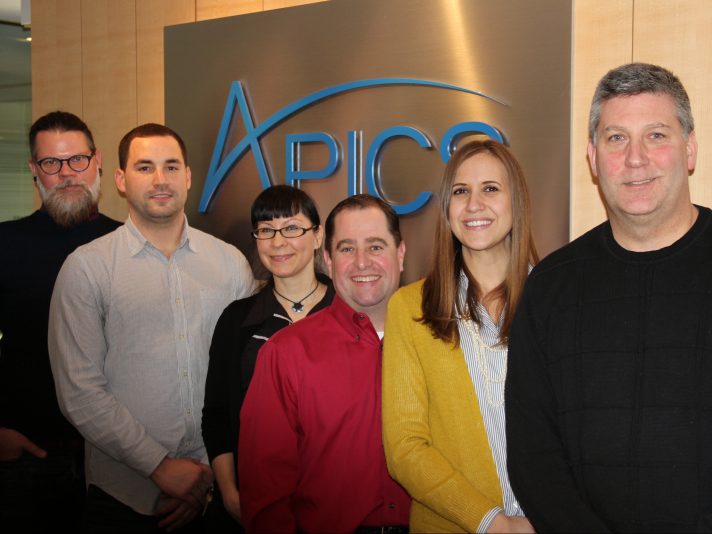Celebrating Associations is a weekly blog produced by .orgCommunity, celebrating the achievements of associations and the great impact on the industries they serve.
 Association and History: Founded in 1954, the Association for Corporate Growth has 59 chapters and 14,500 members around the world. ACG serves 90,000 investors, executives, lenders and advisers to growing middle-market companies. ACG’s mission is to drive middle-market growth. Headquartered in Chicago, ACG provides events, online tools, structured networking opportunities, market intelligence and other business-building resources for middle-market dealmakers and business leaders who invest in growth and build companies.
Association and History: Founded in 1954, the Association for Corporate Growth has 59 chapters and 14,500 members around the world. ACG serves 90,000 investors, executives, lenders and advisers to growing middle-market companies. ACG’s mission is to drive middle-market growth. Headquartered in Chicago, ACG provides events, online tools, structured networking opportunities, market intelligence and other business-building resources for middle-market dealmakers and business leaders who invest in growth and build companies.
About its Members: ACG brings together every segment of the growth community. They include private equity professionals, investment bankers and intermediaries, attorneys, auditors and accountants, lenders, corporate development officers, company leaders and others focused on the middle market.
We’re Celebrating at the ACG Because … of its popular suite of media offerings created just three years ago, which includes a digital magazine, Middle Market Growth website, weekly e-newsletter and daily newsfeed. MMG media keeps more than 90,000 middle-market dealmaking professionals up to date on news, trends, best practices and thought leadership on all segments of the middle market.

We’ll learn more in an interview with Kristin Gomez, ACG’s vice president, communications & marketing.
Q: What do you think ACG has done particularly well in the last couple of years?
A: Over the last three years, ACG has ramped up its communications efforts in so many ways. First, we launched a monthly digital magazine—Middle Market Growth. Next, we introduced an additional rebranded suite of smaller digital media that includes: podcasts, videos, webinars, and daily and weekly newsletters. We have ramped up our social media efforts and use our network to push out important content and also keep track of what’s happening in the private equity industry. Lastly, we have introduced brand standards, creating a more polished look and feel for everything that is communicated to our members and external audiences. It’s a huge effort completed by a great team of marketing, creative, editorial and communication professionals who work on the team.
Q: What’s a particular challenge that ACG faces?
A: On the communication front, competing in an age of information overload is a challenge for ACG, as it is for all association publishers who are trying to get their content in front of key audiences. Because ACG members are professionals in the private equity space, our readership goes first to major publications like the Wall Street Journal, New York Times and Bloomberg in addition to smaller, specialized industry publications.
While these publications are typically the first stop for our members, it does provide ACG the opportunity to use our publications to cover the latest trends and news specific to our industry and from the point of view of our members and their peers. We do this by focusing on not only the latest deals and investment patterns, but by showcasing the people who are doing the deals. The human curiosity of “who’s featured this month in MMG” works in our favor.
The other challenge—and this goes for all publications and most media—is revenue. We are constantly trying to figure out ways to attract advertisers and develop content offerings that support the financial weight of producing the magazine without compromising the integrity of our publications.
Q: If you could wave a magic wand and accomplish or obtain anything for ACG, what would it be?
A: Greater continuity between our chapters. ACG is a global organization with 59 chapters worldwide and they are the lifeblood of the organization. However, their size difference and membership mix creates varied challenges that must be met with a customized approach. Because they are the local presence, it’s critically important that they are supported and have a strong footprint in their communities.
My biggest wish is that we had more tools to help on a daily basis to attract new members and retain existing members. We are currently working on that at the global level. We are finding that the most desired tools are marketing and communication resources. By the end of the year, we hope to have built an entire library of marketing and communications tools available to all chapters through our new web portal. So if a chapter is looking to promote an event, create a new newsletter or find best practices to recruit and retain members, they can rely on the global headquarters for the guidance and resources they need.
Q: What do you think will be the biggest challenge facing associations over the next 10 years?
A: Membership. I think declining membership and the association structure as we know it is not the most sustainable model to cater to the Millennial generation and beyond. Working in associations for the last 12 years, I see a shift in the needs and wants of these new and up-and-coming professionals. No longer is the “I’m a card-carrying member” mantra of any prestige to this group. They want a sense of belonging, community, an opportunity to network and a place to develop their career. They can get that in other places beyond associations today. Also, there is a lot of dogma in associations and change is not as quick as it should be so this becomes less of a value proposition to a younger generation.
My wish for ACG is that it is able to embrace a new crop of financial professionals and quickly assimilate them into the leadership of this organization. I believe it’s a risk to make this demographic wait years to get on important committees and the boards of directors. Their opinion can sway peers to either join ACG and invest in the organization or choose to search elsewhere because they feel there isn’t a place for them here. The good news is that many of our 59 chapters have picked up on this trend and have created programs to include professionals under 35 into their leadership structure as well as offer events and programing that connects Millennials to each other and more seasoned professionals in ACG. In this way they are bridging “the gap,” resulting in a happier, more loyal member.
Q: What do you enjoy most working for ACG?
A: Hands down, the people. We meet so many great people through Middle Market Growth. The magazine has given ACG the opportunity to interview and meet countless top financial professionals who buy and grow middle-market companies and brands as well as feature the accomplishments and stories of our members. It’s been a true honor to hear from such educated and visionary people, and it’s a pleasure working for this industry.
Share YOUR Story: What great things is your association doing for its profession or for its operations? How is your organization delivering on its mission and its strategic plan? Contact heather@orgcommunity.com for details about submitting a story or to be interviewed.
Not yet a .orgCommunity member? Invest in yourself and your organization by joining the .orgCommunity, which nurtures innovation in leaders through peer-to-peer interactions and programming.







